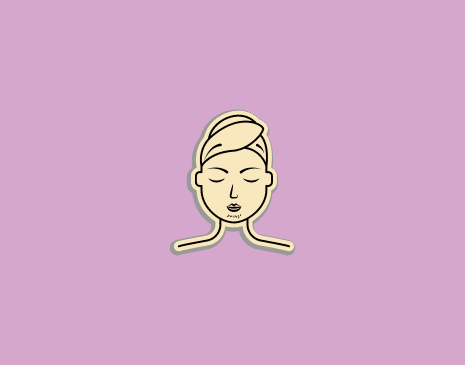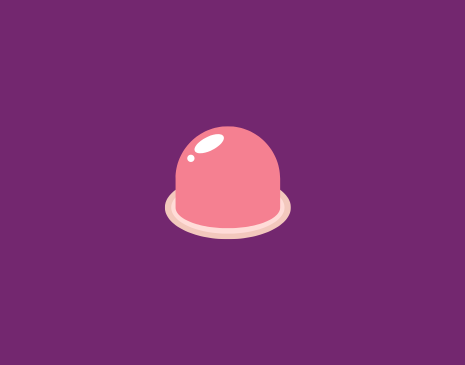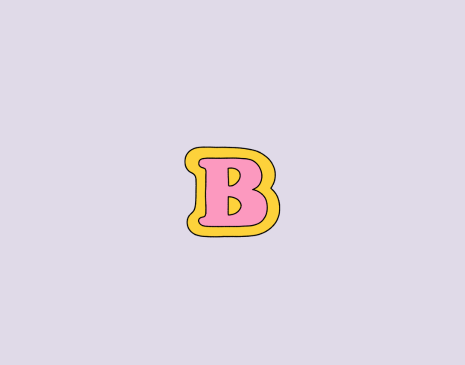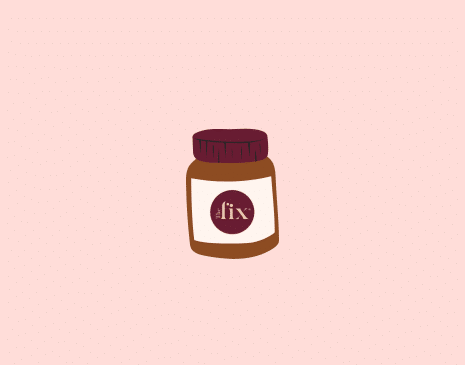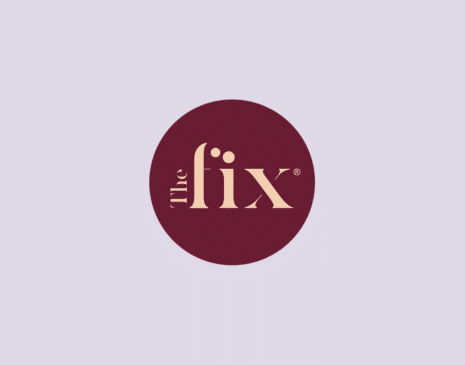Hirsutism, a condition characterised by the excessive growth of dark, coarse hair in areas where men typically grow hair, is more than just a cosmetic concern. It’s a complex condition with various underlying factors, from hormonal imbalances to genetic predispositions. Despite its prevalence, hirsutism often evokes feelings of embarrassment and shame, leaving those affected to grapple with its impact on their physical and emotional well-being.
In this comprehensive guide, we unravel the layers of hirsutism, exploring its causes, symptoms, and available treatment options. Our mission is to provide you with knowledge and empower you with the tools to embrace your uniqueness and redefine beauty on your terms.
What Causes Hirsutism?
The causes of hirsutism can be multifaceted, with a range of underlying factors contributing to the excessive growth of terminal hair in women. Understanding these causes is the key to accurate diagnosis and effective management. Here, we delve into the primary factors that can lead to hirsutism:
Hormonal Imbalances
Hirsutism is often linked to an imbalance in hormones, particularly elevated levels of androgens such as testosterone. Conditions like polycystic ovary syndrome (PCOS), adrenal gland disorders, and ovarian tumours can disrupt the normal hormone balance, leading to increased hair growth.
Polycystic Ovary Syndrome:
PCOS is a common hormonal disorder among women of reproductive age. It is characterised by cysts on the ovaries, irregular menstrual cycles, and elevated androgen levels. Women living with PCOS often experience hirsutism as a result of increased androgen production.
Adrenal Gland Disorders:
Conditions affecting the adrenal glands, such as congenital adrenal hyperplasia (CAH) or adrenal tumours, can result in higher androgen production. This excess of androgens contributes to the development of hirsutism.
Medications:
Certain medications, such as anabolic steroids and some hormonal contraceptives, can lead to hirsutism as a side effect. Discussing potential side effects with a healthcare professional when starting a new medication is important.
Genetic Predisposition:
Hirsutism can also have a genetic component. If there is a family history of excessive hair growth, it may increase the likelihood of developing hirsutism.
Insulin Resistance:
Insulin resistance, often associated with conditions like obesity and metabolic syndrome, can contribute to elevated androgen levels, exacerbating hirsutism. Maintaining a healthy weight and lifestyle may help manage insulin resistance.
Idiopathic Hirsutism:
In some cases, the cause of hirsutism remains unknown, and it is categorised as idiopathic hirsutism. This diagnosis is made when other known causes are ruled out, emphasising the complexity of the condition.
Understanding the root cause of hirsutism is essential for tailored treatment plans. Individuals experiencing symptoms of hirsutism should consult with a healthcare professional who can conduct thorough assessments, including hormonal tests and imaging studies, to identify the underlying factors contributing to excess hair growth.
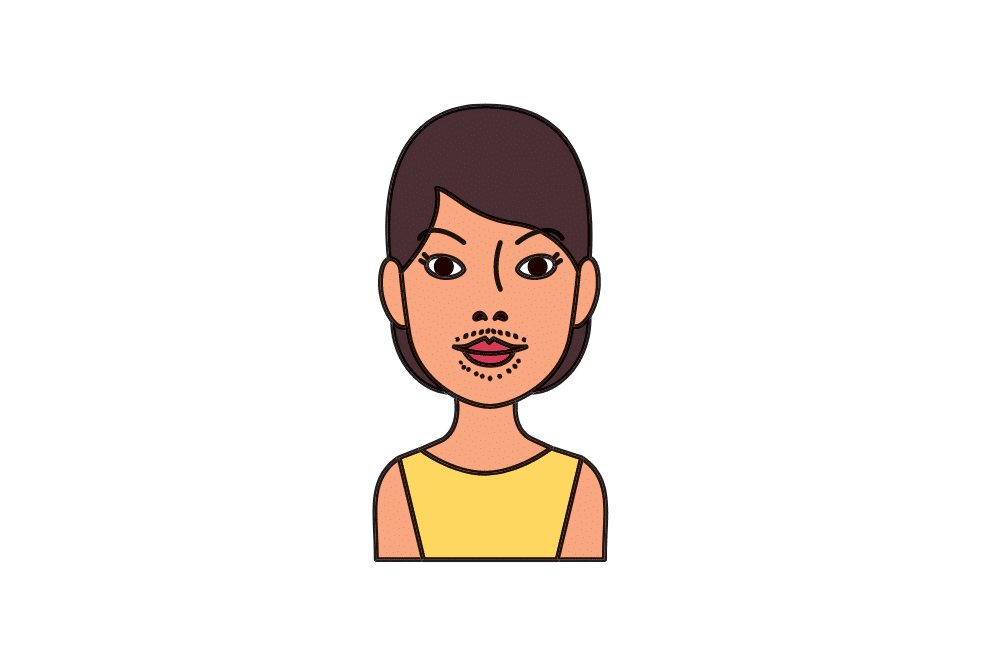
Signs and Symptoms of Hirsutism
Hirsutism is characterised by the excessive growth of dark, coarse hair in areas where men typically grow hair, occurring in women in a male-pattern distribution. The signs and symptoms of hirsutism can vary in severity and may include:
Facial Hair Growth:
One of the most noticeable signs of hirsutism is the development of coarse, dark hair on the face, particularly on the upper lip, chin, and cheeks. This can lead to increased self-consciousness and emotional distress for affected individuals.
Chest and Back Hair:
Hirsutism may also involve terminal hair growth on the chest and back, where women typically have fine hair. The presence of thicker, darker hair in these regions can be distressing and impact body image.
Abdominal Hair Growth:
Some women with hirsutism may experience the growth of coarse hair on the abdomen, often following a male pattern of distribution. This can extend from the lower abdomen to the upper pubic area.
Thighs and Buttocks Hair:
Hirsutism can extend to the thighs and buttocks, with increased hair growth in these regions. The hair distribution may resemble the male pattern, leading to concerns about appearance and self-esteem.
Irregular Menstrual Cycles:
In cases where hirsutism is associated with hormonal imbalances, irregular menstrual cycles or the absence of menstruation (amenorrhea) may be present. This could indicate an underlying condition such as polycystic ovary syndrome. Learn how to test for PCOS.
Acne and Oily Skin:
Elevated androgen levels, which often accompany hirsutism, can contribute to skin-related symptoms such as hormonal acne and oily skin. These dermatological issues may be concurrent with excessive hair growth.
Scalp Hair Thinning:
While hirsutism involves excess hair in certain areas, some affected individuals may also experience thinning of scalp hair, a condition known as androgenic alopecia. This occurs due to the influence of androgens on hair follicles.
It’s important to recognise that hirsutism’s impact extends beyond the physical symptoms, as it can significantly affect emotional well-being and self-esteem. Individuals experiencing these signs should consult with a healthcare professional for a thorough evaluation, diagnosis, and appropriate management.
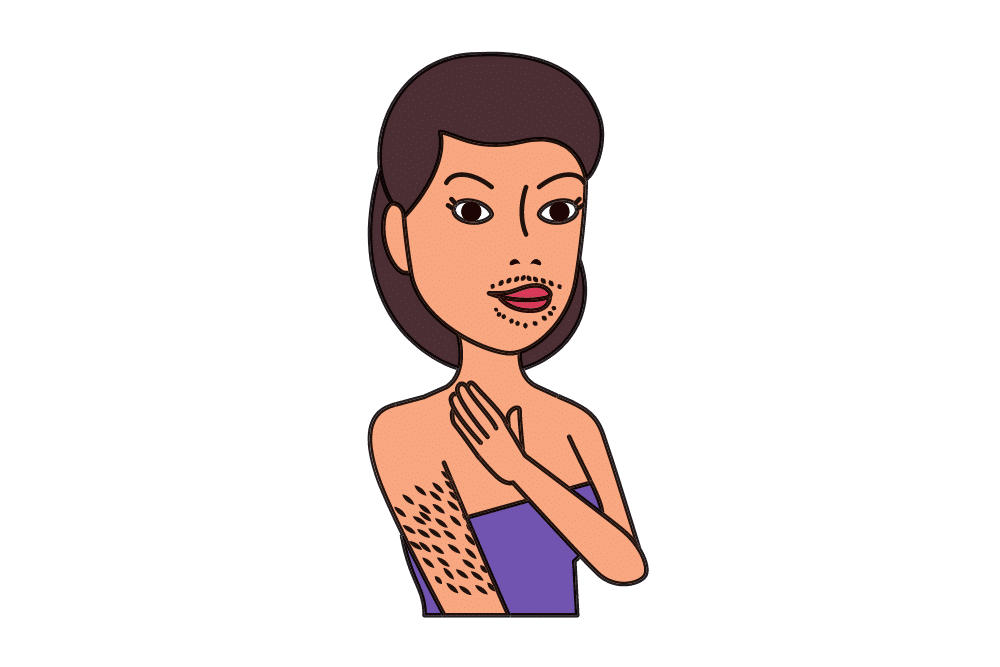
Does Hirsutism Get Worse with Age?
The progression of hirsutism with age varies among individuals and is influenced by the underlying causes of excessive hair growth.
In some cases, hirsutism may stabilise or even improve over time, especially if the contributing factors, such as hormonal imbalances, are effectively managed. However, for others, particularly those with conditions like polycystic ovary syndrome or adrenal disorders, hirsutism may persist or worsen as hormonal fluctuations continue.
It’s important to note that lifestyle factors, such as changes in weight or the onset of conditions like insulin resistance, can also impact the severity of hirsutism. Additionally, genetic predispositions play a role, and familial patterns may influence how hirsutism manifests over the years. Regular monitoring and proactive management by healthcare professionals are crucial for individuals with hirsutism, ensuring timely interventions to address any evolving concerns and maintain optimal quality of life.
How Do You Treat Hirsutism?
The treatment of hirsutism involves addressing the underlying causes and managing unwanted hair growth. The approach can vary based on the severity of symptoms, the underlying medical conditions, and individual preferences. Here are common strategies for treating hirsutism:
Medications
- Anti-androgen Medications: These medications can help reduce the effects of androgens and slow down the growth of facial and body hair.
- Oral Contraceptives (Birth Control Pills): Combined oral contraceptives containing oestrogen and progestin can regulate hormonal levels and reduce androgen production. This is particularly effective in cases associated with conditions like polycystic ovary syndrome.
Topical Treatments
Creams and Lotions: Prescription creams can be applied to areas with excessive hair growth to slow down hair growth. While this doesn’t eliminate existing hair, it can help manage the condition.
Hair Removal Techniques
- Shaving: This is a temporary and non-invasive method, but the hair grows back quickly.
- Waxing: Removes the hair follicle from the root, providing longer-lasting results compared to shaving.
- Laser Hair Removal: A medical procedure that uses laser technology to target and damage hair follicles, reducing hair growth over time.
- Electrolysis: Involves the use of an electric current to destroy hair follicles, providing a more permanent solution.
Hormonal Therapy
- Gonadotropin-Releasing Hormone (GnRH) Agonists: These medications can suppress ovarian or pituitary function, reducing androgen production.
- Ovarian Suppression: In some cases, suppressing ovarian function through medications or surgical methods may be considered to manage hirsutism.
Lifestyle Changes
- Weight Management: For individuals with hirsutism associated with insulin resistance or metabolic syndrome, losing weight through diet and exercise can be beneficial. Plus, there are ways to lose weight with PCOS.
- Exercise: Regular physical activity can help regulate hormones and improve overall health.
Surgery
- Ovarian Surgery: In cases where hirsutism is associated with ovarian tumours, surgical removal of the tumour may be necessary.
- Laser Surgery: Some procedures use lasers to remove or reduce the appearance of hair.
It’s important for individuals with hirsutism to consult with a healthcare professional for a thorough evaluation and personalised treatment plan. The chosen approach will depend on factors such as the underlying cause, severity of symptoms, and overall health. Additionally, managing the emotional and psychological aspects of hirsutism, such as seeking support from healthcare professionals or support groups, is an important part of comprehensive care.
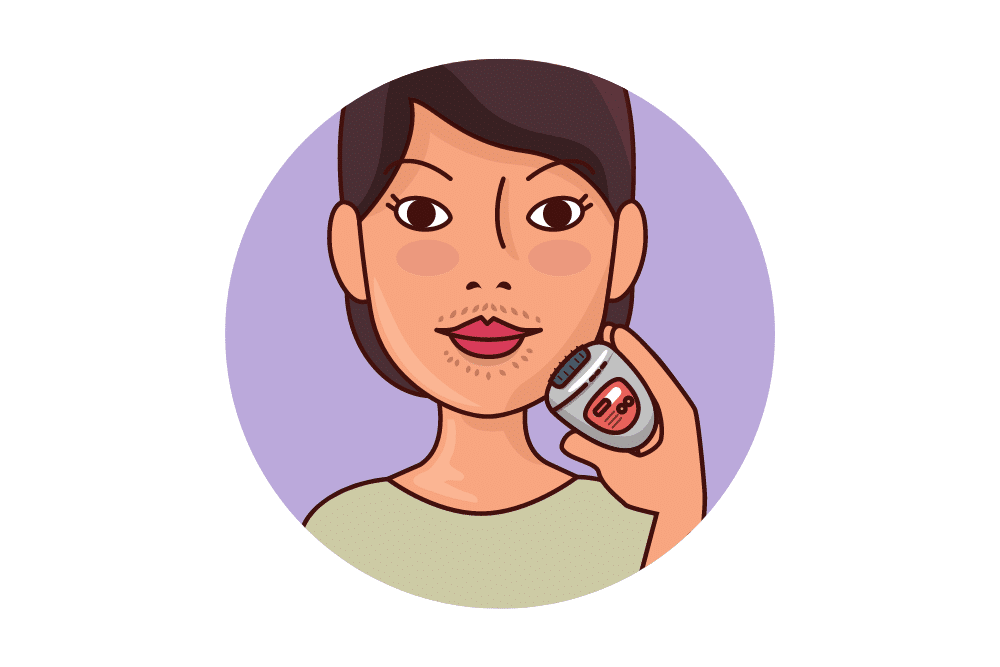
Can Hirsutism Be Cured Permanently?
While hirsutism can be effectively managed and its symptoms alleviated, achieving a permanent cure may depend on the underlying cause. In cases where hirsutism is linked to treatable conditions like polycystic ovarian syndrome or hormonal imbalances, targeted medical interventions and lifestyle changes can significantly reduce or even eliminate excessive hair growth.
Treatments such as anti-androgen medications, hormonal therapies, and hair removal techniques like laser procedures may provide long-lasting results. However, it’s important to note that certain causes of hirsutism, such as genetic factors or idiopathic cases, may not have a definitive cure, and ongoing management might be necessary to control symptoms.
Consulting with healthcare professionals for a comprehensive assessment and personalised treatment plan is essential for addressing the factors contributing to hirsutism and determining the most appropriate approach for each individual.

